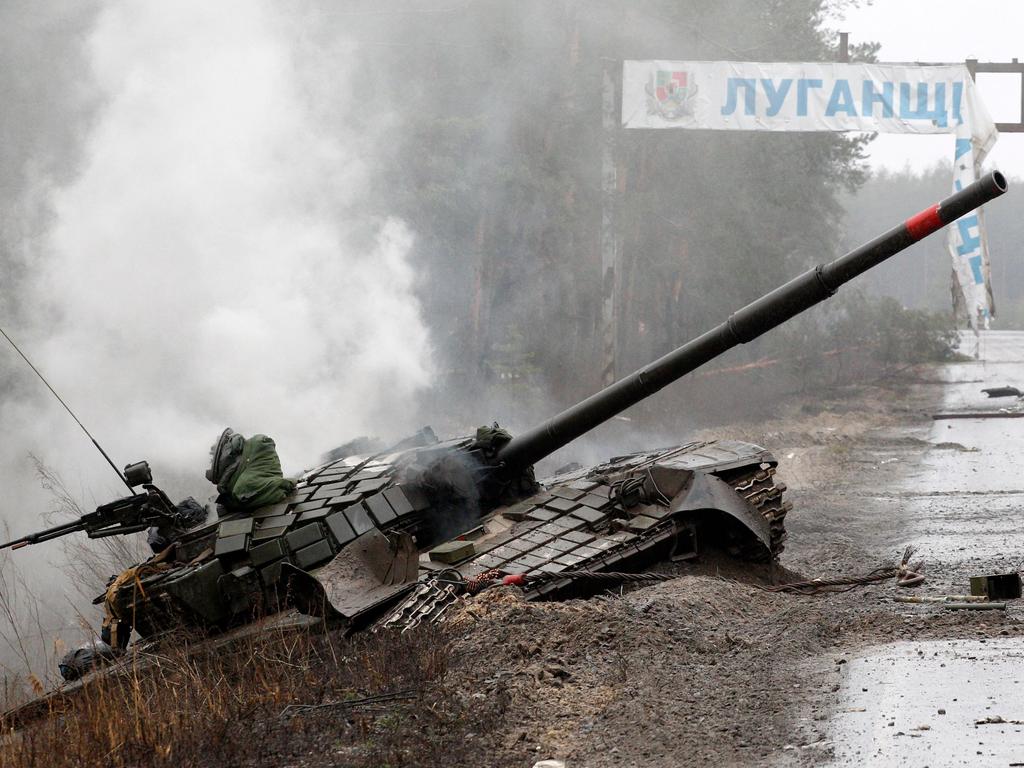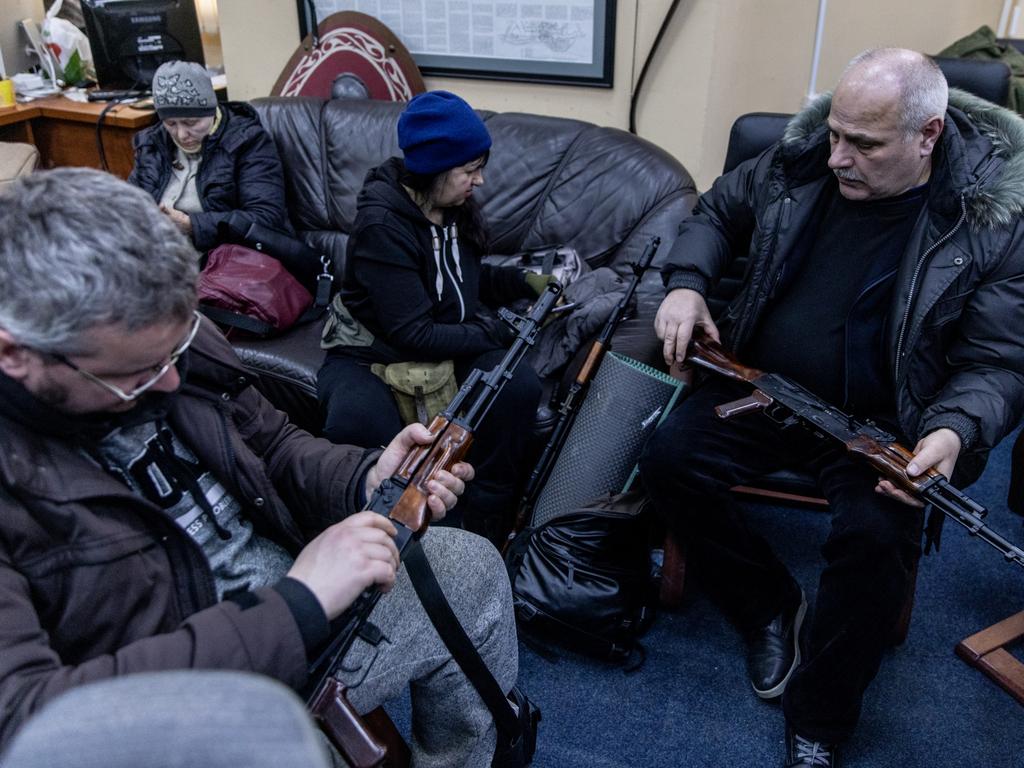Ukraine invasion: How much further will Putin go?

Russia’s massive use of military force leaves Europe faced with by far the most serious military challenge it has had since the end of the Cold War 30 years ago. Putin’s use of military force raises serious questions about the security of Europe and whether he might go on to threaten other members of NATO, particularly the three Baltic countries and Poland. Last Thursday morning, Russian forces launched a multi-pronged assault on the north, east and south of Ukraine. Many of us thought that his main attack would be on the Donetsk and Luhansk enclaves in eastern Ukraine, where he could easily expand the territory occupied by pro-Russian elements.
The attacks in the south along the Black Sea coast were also expected because of the important leverage Russian troops in Crimea could exert to occupy such cities as Mariupol, Kherson and Odessa. This is now occurring and Putin’s aim is to exclude Ukraine from access to the Black Sea – through which much of Ukraine’s huge grain exports must go.
Kyiv was always going to be on Putin’s wish list because of his aim to destroy the political leadership of President Volodymyr Zelensky. But many experts reckoned that attacking a city with a population of three million would bog down Russia’s invasion of Ukraine. And there would be the ensuing challenges of fighting a long-drawn-out and inconclusive urban insurgency warfare. But Putin’s aim is to install a puppet regime in Kyiv that will be subordinate to Moscow’s every wish. Most likely, he will seek to concoct an obedient regime consisting of Russian double agents and “stay behinds” presumably already occupying influential positions.
It is highly unlikely that even Putin believes he can invade and occupy the whole of Ukraine, which is a country about the size of France with about 43 million people. But another option he may prefer is to effectively split Ukraine in half by the Dnieper River, which extends from Kyiv in the north to the Black Sea in the south.
By occupying the country to the east of this river, Putin would have a more manageable task because much of the population is Russian-speaking with families across the border, and is used to working in former Soviet-era heavy industries such as coal, steel and military production. As well, the population is heavily Russian Orthodox.
To the west the population is more heavily Ukrainian-speaking and has had strong historical ties with Poland.
It is more rural and much of the population believes in the Uniate Orthodox faith, which is anathema to Moscow because it comes under the jurisdiction of Rome.
You would think this would satisfy Putin’s greed for grabs of territory that belonged to the former USSR. That is not, however, how some of the countries with which Russia shares a common border – especially Estonia, Latvia and Lithuania – see it. According to The Wall Street Journal, defence ministers, intelligence officers and senior politicians in those countries and Poland say the long build-up to Russia’s invasion of Ukraine has driven them to aggressively ratchet up their own military capabilities.
Polish President Andrzej Duda apparently received intelligence reports from the US last year that Russia, supported by Moscow’s ally, Belarus, is likely to escalate conflict with neighbouring states in coming months. This week, the US and NATO allies began a week-long exercise called Sabre Strike across Poland and all three Baltic countries, rehearsing how they would move military columns through the four nations.
Putin surely knows a Russian military attack on the Baltic countries or Poland will mean that Article 5 of the NATO Treaty will be invoked (an attack on one is an attack on all). But on the morning of Moscow’s attack on Ukraine on February 24, Putin threatened very bluntly that other countries should stay out of this fight or risk “such consequences as you have never before experienced in your history”. These words were uttered at the same time as he described Russia as “a powerful nuclear state”.
But Putin left unsaid what Russia’s new military doctrine makes plain. In the event Russia’s military is fighting “an overwhelmingly superior conventional military force” it reserves the right to use tactical nuclear weapons. That statement also says that this scenario applies to Russia fighting “to defend its own territory”. But these days, Russia’s definition of what is – or is not – its territory is, to say the least, very ambiguous.
Paul Dibb is emeritus professor of strategic studies at the ANU. He is a former deputy secretary of defence and director of the Defence Intelligence Organisation.







Vladimir Putin’s invasion of Ukraine raises serious questions about how much further he is going to go territorially and what are his long-term geopolitical aims. And how will NATO react?